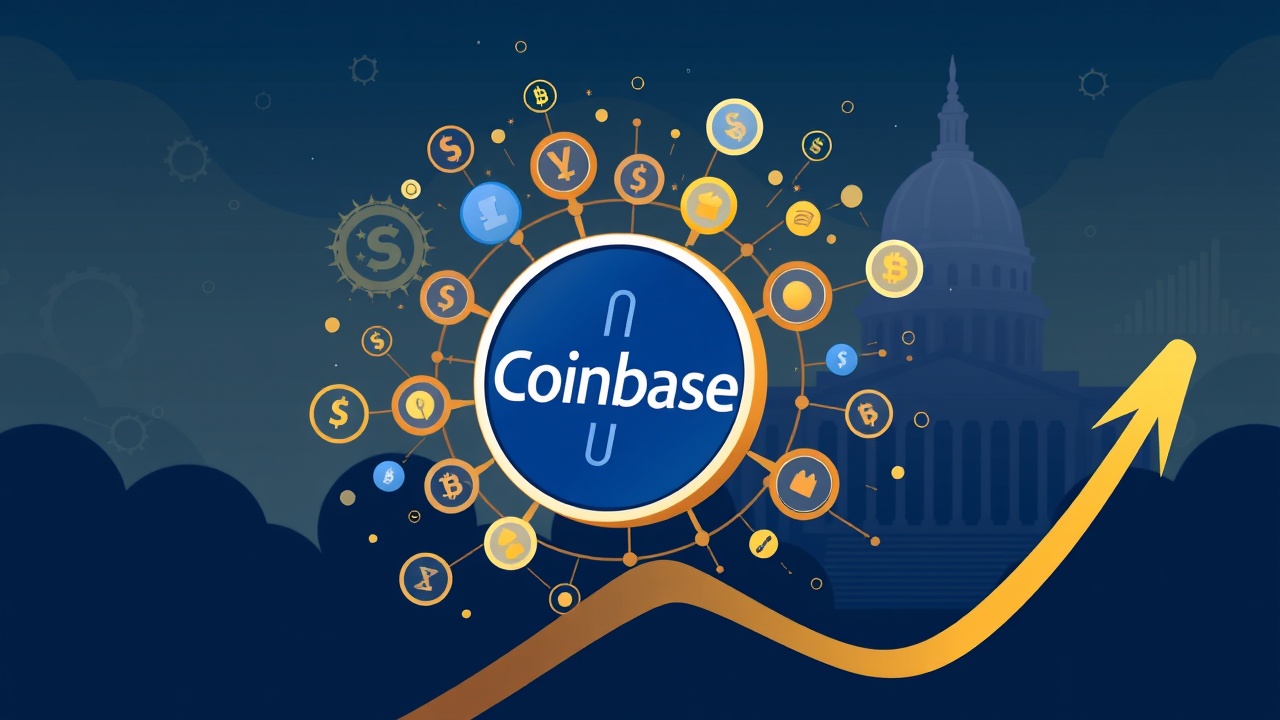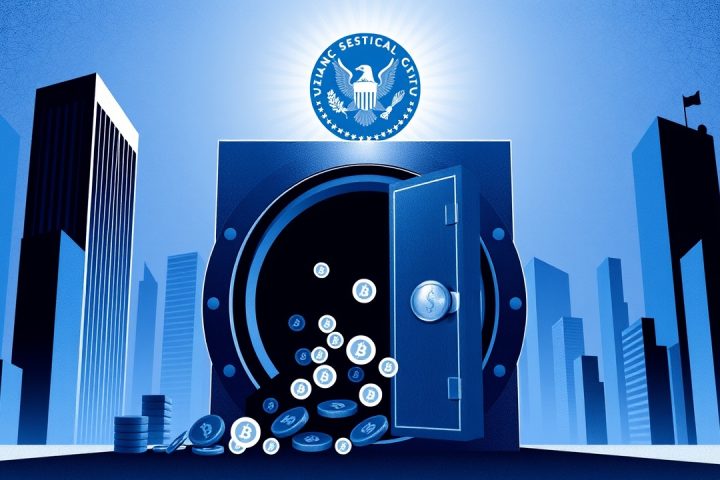The STABLE Act: A New Era for Stablecoin Regulations
The recently unveiled STABLE Act in the United States aims to enforce stricter regulations on stablecoin issuers, ensuring they maintain full reserves. This legislative move is expected to favor entities such as Coinbase, among others. A report published by Nansen on April 17 underscores who might thrive under these new regulations, notably highlighting major players like Coinbase, PayPal, and Visa as potential frontrunners.
Key Objectives of the STABLE Act
Having successfully passed through the U.S. House Financial Services Committee on April 2, the STABLE Act lays out a framework intended to bolster the integrity of stablecoins. Its key objectives include:
- Safeguarding asset holders
- Enhancing issuer transparency
- Fortifying the U.S. dollar’s position in the cryptocurrency landscape
Requirements for Stablecoin Issuers
To achieve these goals, the legislation includes mandates for stablecoin issuers to:
- Maintain reserves solely in cash or U.S. Treasury securities
- Prohibit interest payments to coin holders
- Operate as licensed banks, approved state trust companies, or regulated entities under the auspices of the U.S. Office of the Comptroller of the Currency
Potential Winners in the New Regulatory Landscape
As the STABLE Act looks likely to move forward, firms that have already adopted compliant measures are positioned to benefit significantly. Coinbase, a key distributor of Circle’s USDC stablecoin, stands out as a primary candidate for success. USDC’s framework aligns with regulatory expectations, and Circle has demonstrated a commitment to transparency, successfully meeting the rigorous standards set by the EU’s MiCA regulations. This has allowed it to lead the Euro-centered stablecoin market.
Additionally, PayPal emerges as a noteworthy contender. Collaborating with Paxos, it launched its stablecoin, PYUSD, albeit with only a minor footprint in the stablecoin sector, holding just a 0.38% market share. Nevertheless, the STABLE Act could enable PayPal to integrate PYUSD more seamlessly into its expansive digital payment infrastructure.
Credit card titans such as Visa and Mastercard are also likely to benefit, considering their ongoing engagement in stablecoin initiatives. For instance, Visa has already conducted tests with USDC for card transactions, suggesting a future where stablecoins become integral to these companies’ core offerings.
Interestingly, the Nansen report does not mention USD1, a stablecoin introduced by the Trump-associated World Liberty Financial. Despite meeting the selection criteria for potential winners, USD1 lacks the robust ecosystem and backing that firms like Coinbase, PayPal, and Visa possess.
Conclusion
Overall, with investment in transparency and compliance primed to influence stablecoin dynamics, the STABLE Act is set to reshape the regulatory landscape for these digital assets, highlighting the advantages for organizations that are already operating within the lines.




